Why Fighting Still Has A Place In The NHL
Why Fighting Still Has A Place In The NHL
Statistics, analysts, and the NHL suggest fighting is on its way out of hockey, but don't expect it to disappear completely.

Statistics, analysts, and the NHL suggest fighting is on its way out of hockey, but don't expect it to disappear completely.
While fighting majors are down, brutality still holds a place within the league. That won't change anytime soon unless drastic measures are taken by the NHL, which is also facing legal pressure by former players over its handling of concussions.
In an attempt to decrease fisticuffs, teams have naturally squeezed out "enforcers."
Also known as "goons," these are the players that spend more time in the penalty box than on the ice on any given night. They have limited purpose: beat the other team's goon to a pulp, get the crowd going, and show that their team is protected. These players know their role; they know who shares that job description on every other team in the league, too.
"Hit my star player, answer to me."
There are a few significant variables that keep fighting in the game -- and always will.
The Vigilante Aspect
The biggest influencers in fighting's continued course are the vigilantes. It's not easy to sit there when the opposition continually targets your team's star player. It generates anger and promotes revenge, often in the form of targeting the other team's star.
This is what led to star defenseman Aaron Ekblad's first concussion. In a game against the Edmonton Oilers on January 10, 2016, Panthers defenseman Erik Gudbranson laid a heavy hit on Edmonton star winger Taylor Hall. Oilers fourth-liner Matt Hendricks took exception to the hit and retaliated with a hit of his own on the 19-year-old Ekblad.
Hendricks was not penalized on the play, and Ekblad's teammate Logan Shaw took the role of the vigilante, immediately sparking a fight with Hendricks. Hendricks' hit earned him a three-game suspension from the NHL's Department of Player Safety.
Ekblad is currently out of the lineup again with an injury. The team is calling it a sore neck, maintaining that it's unrelated to the concussion he suffered after another questionable hit, this one coming from Tampa Bay's Gabriel Dumont.
Once again there was no penalty called on the play. Ekblad's defensive partner Keith Yandle fought Dumont on the play. No further discipline came to Dumont.
Bitter Rivalries
Gone are the days of full-fledged brawls that leave pools of blood and equipment scattered across the ice. Matchups between Detroit and Colorado, once one of the best rivalries of all time, have dissipated in intensity since the Darren McCarty-Claude Lemieux and Patrick Roy-Mike Vernon fights. Players have retired, the Red Wings have moved to the Eastern Conference, and neither team stands in the other's way for a trip to the Stanley Cup Finals.
But rivalries still exist: Chicago and St. Louis, Montreal and Boston, Pittsburgh and Philadelphia. It's not often you get through one of these bitter matchups without a fight or two or a good ole five-player scrum at the very least.
Sometimes, it's not about the team at all. Even after David Backes signed with Boston from St. Louis over this past summer, the hatred shared between him and Dallas Stars captain Jamie Benn held strong. In February, the two fought fight for the third time since December 2014.
Rivalries are good for the game, and that's why NBC Sports showcases Wednesday Night Rivalry, "the night you love to hate."
Some rivalries are more prevalent than others. Several will settle down when players move on, but new ones will take their place.
Heat Of The Moment
Sometimes, fights just happen. Even four-time Lady Byng Trophy winner Pavel Datsyuk got into a one fight in his career.
Players can only be pushed so far until they stand up for themselves, briefly exchanging their soft hands for hard fists and eager to show they're more than points and passing.
Rookies can be viewed as fresh meat and often take quite the beating in the corner as they learn what does and doesn't fly around the NHL. But you can't learn that immediately; every referee is different and every game unique.
Bigger, more experienced players get away with more, because they learn how to do it. This can force a rookie to break under the prolonged pressure and let his fists show he can dish it just as much as he can take it.
Standing up for yourself can sometimes be a bad thing but can also be a great way to show you belong. You can't always expect your team to have your back; sometimes you need to have your own and take a stand.
Have a question or a comment for Jacob Messing? You can find him on Twitter @JMessing23.
Related Content
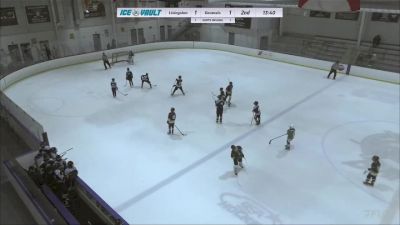 Replay: Home - 2024 Livingson MS vs Generals Blue MS | Apr 18 @ 7 PM
Replay: Home - 2024 Livingson MS vs Generals Blue MS | Apr 18 @ 7 PMApr 19, 2024
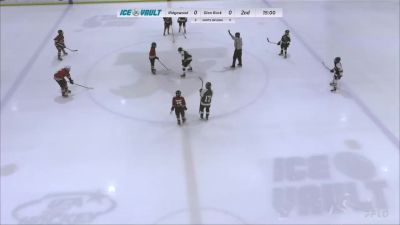 Replay: Home - 2024 Ridgewood MS vs Glen Rock MS | Apr 18 @ 7 PM
Replay: Home - 2024 Ridgewood MS vs Glen Rock MS | Apr 18 @ 7 PMApr 19, 2024
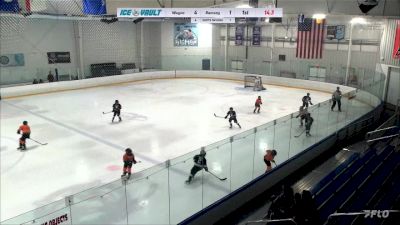 Replay: Home - 2024 Wayne SQT vs Ramsey SQT | Apr 18 @ 6 PM
Replay: Home - 2024 Wayne SQT vs Ramsey SQT | Apr 18 @ 6 PMApr 18, 2024
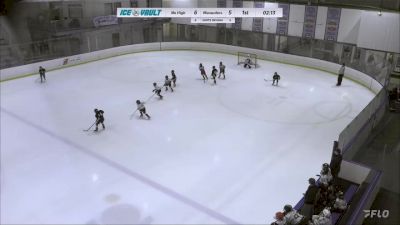 Replay: Home - 2024 Highlands Black vs Marauders SQT | Apr 18 @ 5 PM
Replay: Home - 2024 Highlands Black vs Marauders SQT | Apr 18 @ 5 PMApr 18, 2024
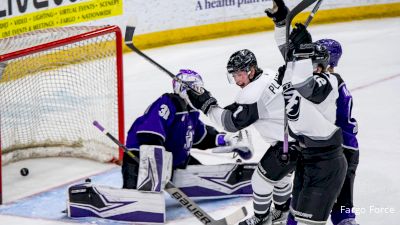 2024 USHL Conference Semifinals: Matchups, Predictions And How To Watch
2024 USHL Conference Semifinals: Matchups, Predictions And How To WatchApr 18, 2024
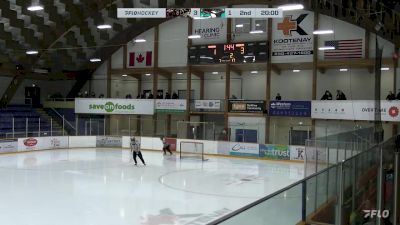 Replay: Home - 2024 Revelstoke vs Saanich | Apr 18 @ 12 PM
Replay: Home - 2024 Revelstoke vs Saanich | Apr 18 @ 12 PMApr 18, 2024
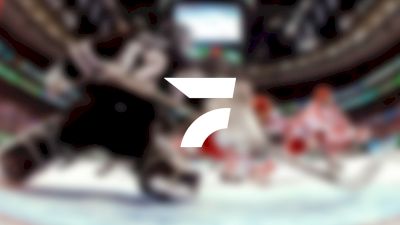 How to Watch: 2024 Winkler Flyers vs Steinbach Pistons | Hockey
How to Watch: 2024 Winkler Flyers vs Steinbach Pistons | HockeyApr 18, 2024
 How to Watch: 2024 Steinbach Pistons vs Winkler Flyers | Hockey
How to Watch: 2024 Steinbach Pistons vs Winkler Flyers | HockeyApr 18, 2024
 How to Watch: 2024 Winkler Flyers vs Steinbach Pistons | Hockey
How to Watch: 2024 Winkler Flyers vs Steinbach Pistons | HockeyApr 18, 2024